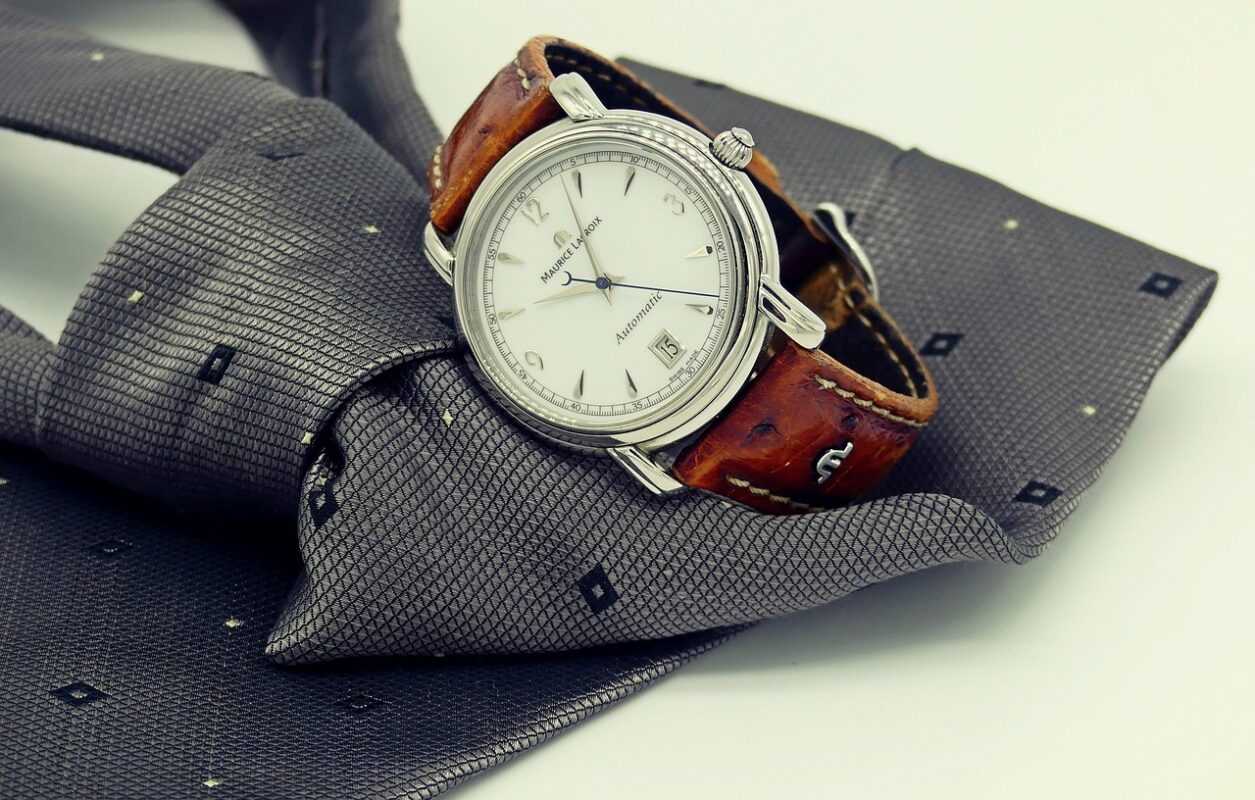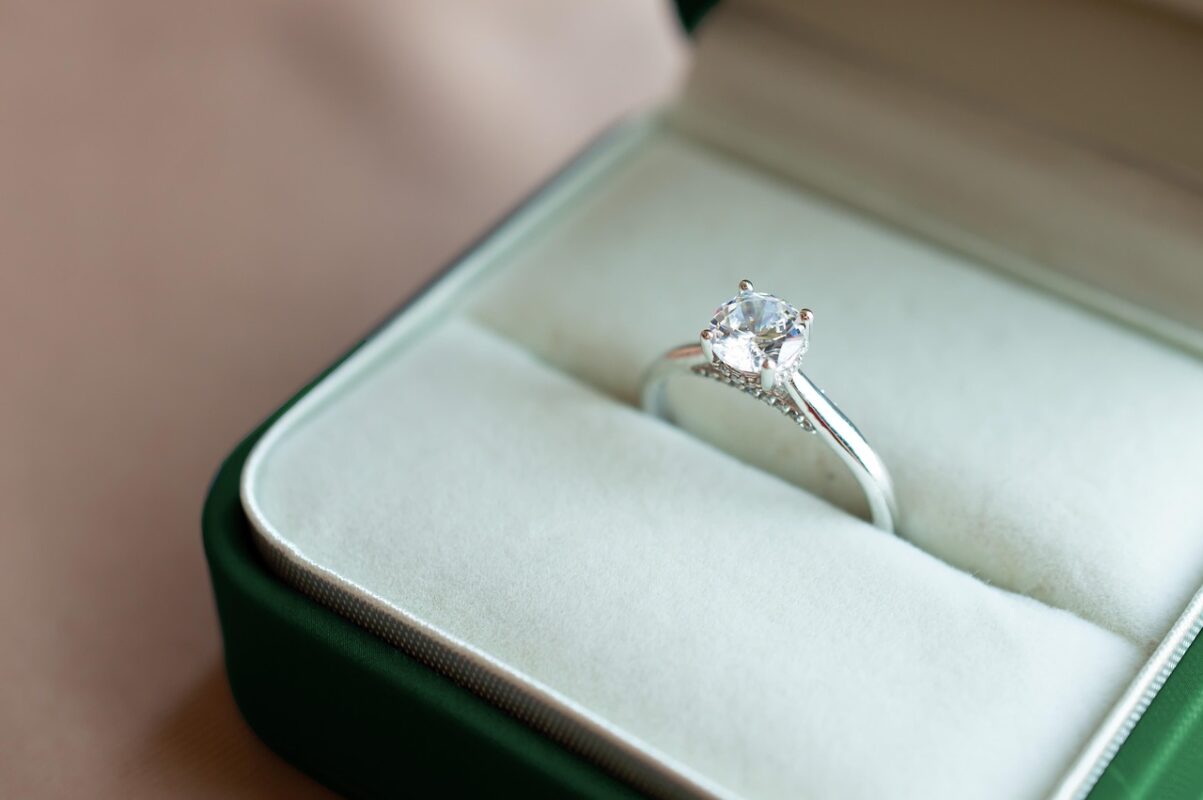The Ultimate Guide to Choosing a Sapphire Ring
For two decades, I have guided clients through the intricate world of fine jewelry, specializing in gemstone selection and setting. A sapphire ring represents a significant investment, blending timeless elegance with personal meaning. This guide distills my professional experience to help you make an informed and confident purchase, focusing on the key attributes that define a ring’s quality and value.
Understanding Sapphire Quality
The value and beauty of a sapphire are determined by a combination of factors often referred to as the “Four Cs,” adapted from diamonds but with critical distinctions for colored gems.
- Color: This is the most important factor for sapphires. The most prized sapphires possess a vivid, medium to medium-dark blue tone. Look for a pure, saturated color without being overly dark or too pale. Sapphires also come in a stunning array of other hues, known as “fancy sapphires,” including pink, yellow, and padparadscha (a rare pink-orange).
- Clarity: Sapphires naturally form with internal characteristics called inclusions. A high-quality sapphire will have no inclusions visible to the unaided eye. Some inclusions, like fine silk, can create a velvety appearance (as in Kashmir sapphires) without negatively impacting the stone’s beauty.
- Cut: A masterful cut is essential for unlocking a sapphire’s brilliance and color. The cutter must balance maximizing carat weight, preserving color saturation, and achieving optimal light return. A poor cut can make even a high-color stone appear dull or lifeless.
- Carat Weight: This refers to the gemstone’s size. Larger sapphires are rarer, but a smaller stone with exceptional color and clarity will always be more valuable than a larger, inferior-quality one.
Detailed Product Specifications
When evaluating a sapphire ring, it is crucial to consider the complete piece, not just the center stone. The following specifications provide a professional framework for assessment.
Common Sapphire Ring Settings:
- Prong Setting: Uses metal claws to secure the stone, maximizing light exposure and brilliance.
- Bezel Setting: A metal rim encircles the gemstone’s girdle, offering superior security and a modern aesthetic.
- Halo Setting: The center sapphire is surrounded by a circle of smaller diamonds or gemstones, enhancing its perceived size and sparkle.
- Three-Stone Setting: Features a central sapphire flanked by two accent stones, often symbolizing the past, present, and future.
Sapphire Ring Specification Table
| Feature | Specification | Description & Importance |
|---|---|---|
| Gemstone | Natural Sapphire | Origin (e.g., Ceylon, Madagascar) can influence value. Treatments (e.g., heat) should be disclosed. |
| Metal Purity | 14k, 18k, or Platinum | Determines durability, color (white, yellow, rose gold), and intrinsic metal value. |
| Ring Shank | Solid, Comfort-fit | A solid shank ensures longevity. Comfort-fit bands are shaped for easier wear. |
| Setting Style | As listed above | Impacts the ring’s security, style, and how the main stone is presented. |
| Hallmarks | Maker’s & Assay Marks | Stamped inside the band, these verify the metal’s purity and the jeweler’s authenticity. |
Frequently Asked Questions (FAQs)
Q: Are sapphire rings suitable for daily wear?
A: Yes, absolutely. Sapphires are exceptionally durable, ranking 9 on the Mohs scale of mineral hardness, second only to diamonds. This makes them highly resistant to scratching and ideal for an engagement ring or a piece of jewelry worn every day. Proper setting and periodic professional check-ups will ensure the ring remains secure for a lifetime.
Q: How should I clean and care for my sapphire ring?
A: Regular, gentle cleaning will maintain its sparkle. Prepare a solution of warm water with a few drops of mild dish soap. Soak the ring for 15-20 minutes, then gently scrub with a soft-bristled toothbrush to remove dirt and oils from behind the stone. Rinse thoroughly and pat dry with a lint-free cloth. It is also advisable to have it professionally cleaned and inspected by a jeweler every six to twelve months.
Q: What is the difference between a natural and a lab-created sapphire?
A: The fundamental difference is origin. Natural sapphires are formed by geological processes over millions of years within the earth, and their rarity is a primary driver of value. Lab-created sapphires possess identical chemical, physical, and optical properties but are grown in a controlled laboratory environment in a matter of weeks. They are a more affordable option, but they do not hold the same long-term value or rarity as their natural counterparts. Reputable jewelers will always disclose this information transparently.
Investing in a sapphire ring is a decision that merges aesthetic desire with practical consideration. By applying this professional knowledge of gemology and craftsmanship, you can select a ring that embodies both exceptional quality and enduring personal significance.The Ultimate Guide to Choosing a Sapphire Ring: A Mark of Distinction
For over two decades, I have guided countless clients through the intricate world of fine jewelry, specializing in gemstone acquisitions. The sapphire ring stands as a perennial symbol of royalty, wisdom, and enduring commitment. Its allure is timeless, yet the process of selecting the perfect stone requires a nuanced understanding of quality and value. This guide leverages decades of industry experience to provide a comprehensive, authoritative resource for your purchase decision, ensuring you invest in a piece of exceptional beauty and lasting worth.
Understanding Sapphire Quality: The Core Specifications
A sapphire’s value is not determined by a single factor but by a harmonious blend of several key characteristics, traditionally known as the Four Cs, with the addition of origin.
1. Color: The Primary Consideration
While blue is the classic choice, sapphires naturally occur in every color except red (which is a ruby). The most prized blue sapphines possess a vivid, medium to medium-dark tone with a strong, pure







